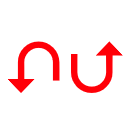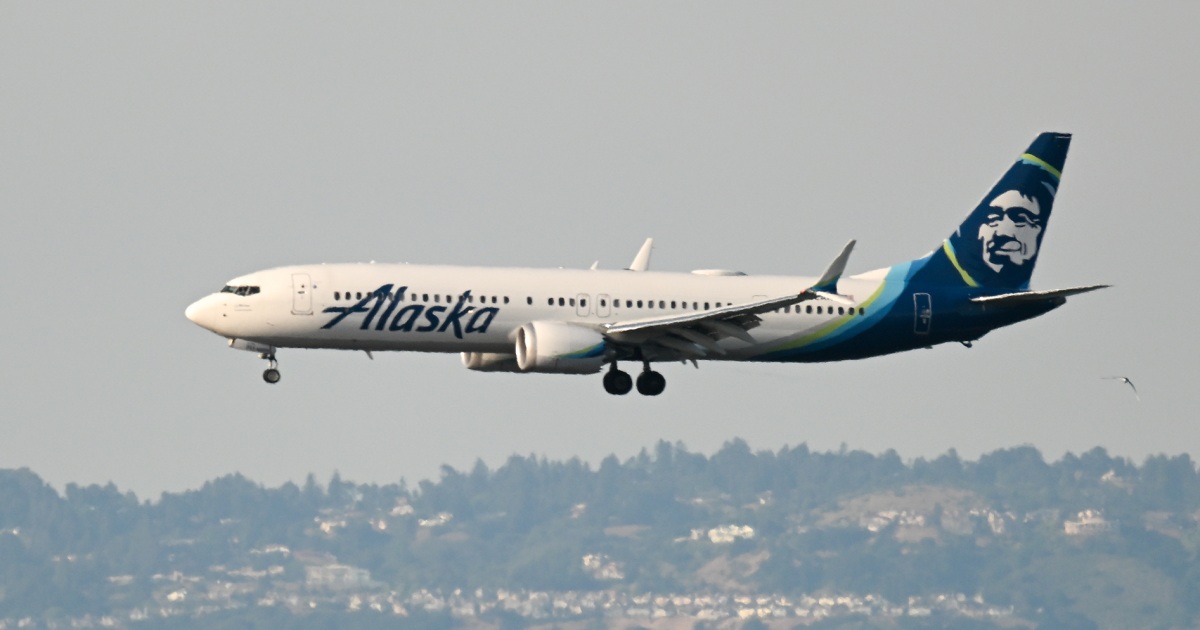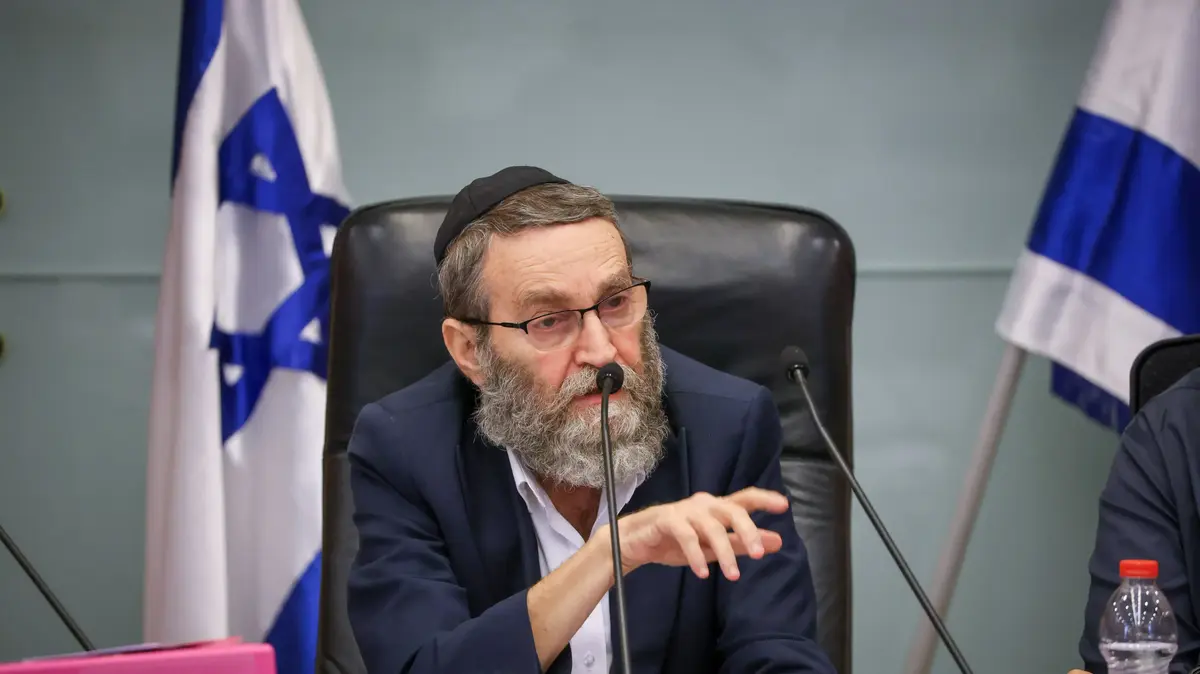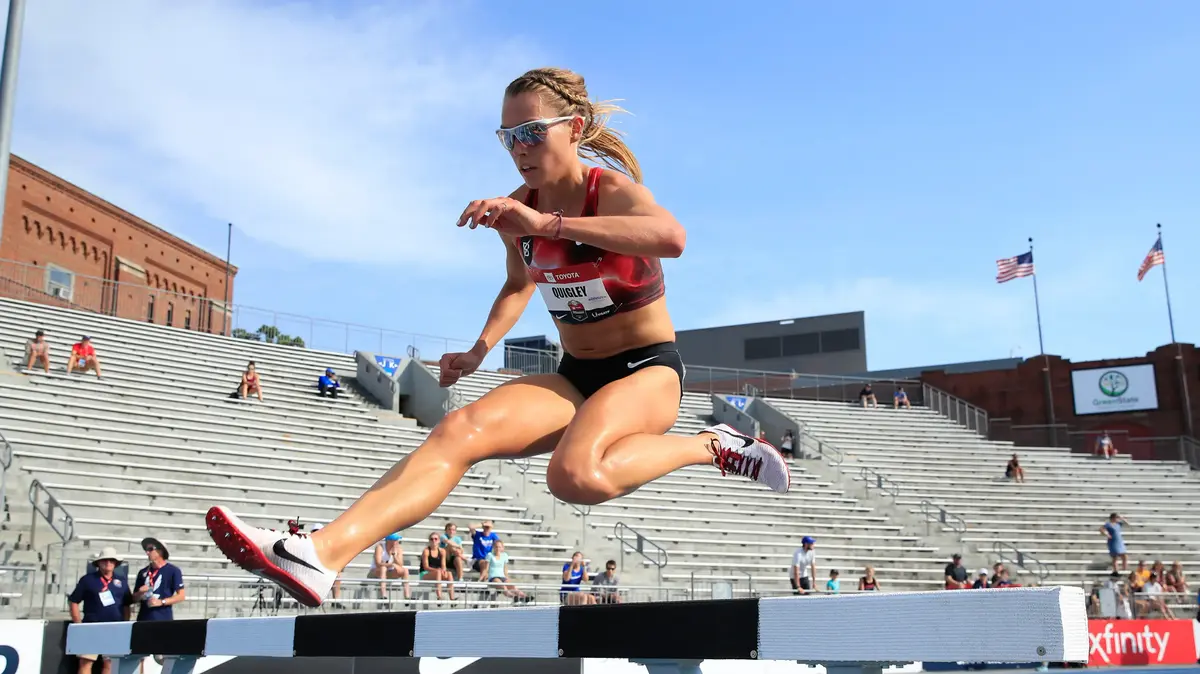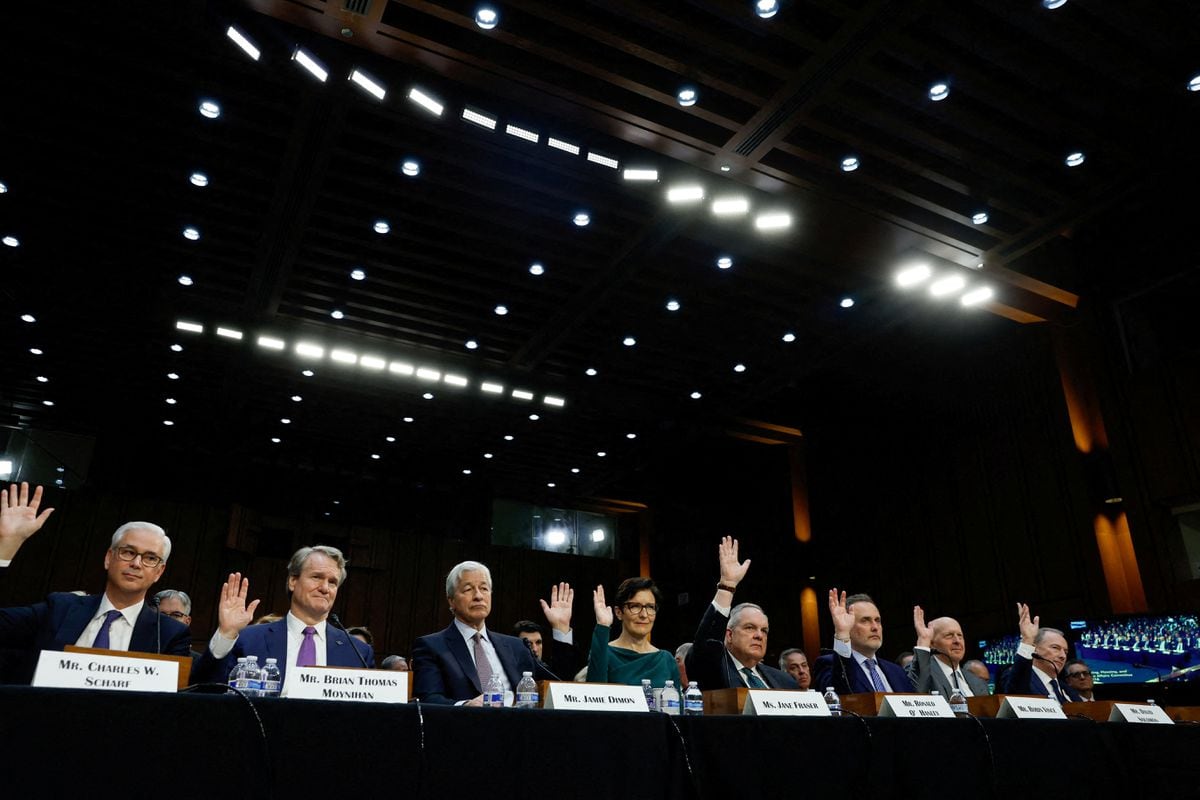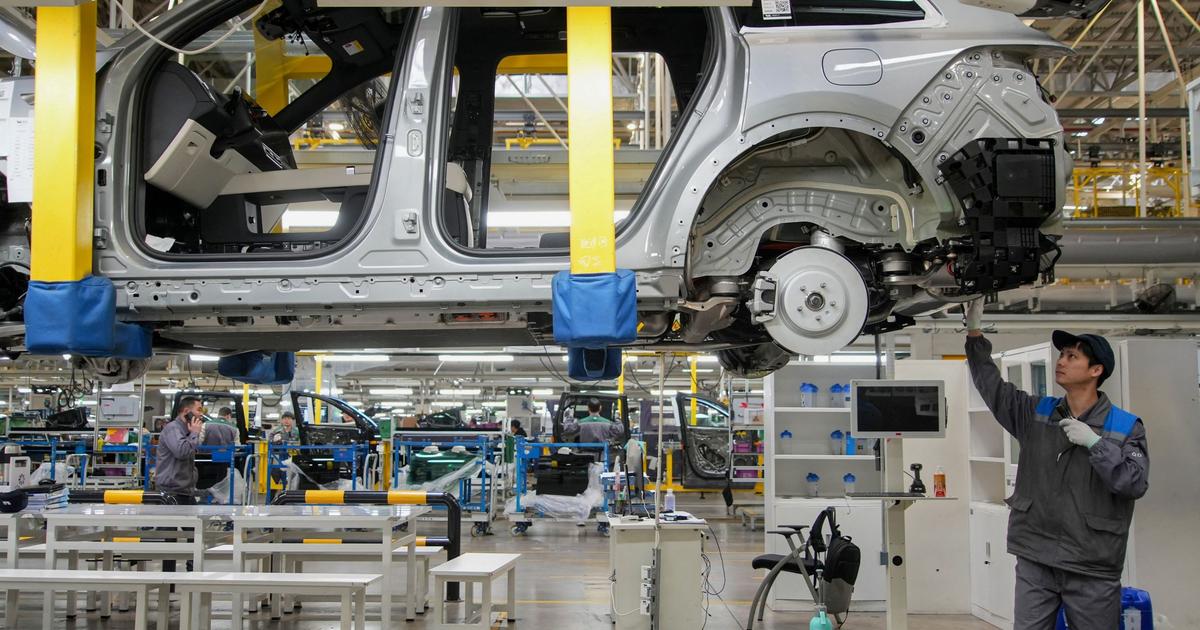“In many ways it is an appetizing business. But make no mistake, it is also risky”.
This is how The Wall Street Journal reported, 30 years ago, YPF's listing on the New York Stock Exchange.
The American newspaper gave an important space in its pages to the sale of 160 million class D shares that the Argentine government was going to sell in the United States.
Economy Minister Domingo Cavallo went especially to Manhattan.
In 1993 Argentina was the star economy of the emerging world.
He had pulverized hyperinflation, opened his economy to a world with new parameters after the fall of the Wall, and now he was looking for new capital for his largest company, YPF.
In parallel, around those same days, Carlos Menem made a state visit to Washington.
The president was Bill Clinton.
Only Raúl Alfonsín and Arturo Frondizi had enjoyed that treatment.
Menem stayed at Blair House, a guest residence across from the White House.
"YPF's listing on the stock market occurred after José Pepe Estenssoro's reorganization of the company
," adds Cavallo to that context.
"The previous three balance sheets of the firm had already tested positive."
Estenssoro was the president of YPF and manager of that process.
In November 1992, the privatization law was enacted and the enhancement of the company began to be listed on the stock market.
When the time came to receive offers in July 1993, the country was growing at Chinese rates, it offered returns in dollars and there was global liquidity.
An ideal cocktail to attract capital.
It was not strange then that 'the notebook', where amounts and bidders were recorded, coordinated by First Boston and Merrill Lynch, was like hot cakes and everyone ran to appear in it.
In 72 hours it was necessary to go to the market.
First there was a meeting the previous Saturday in Economy (
Roque Fernández
, president of the Central Bank;
Martín Redrado
, head of the Securities Commission, and the secretaries of the ministry
Daniel Marx
and
Horacio Liendo
).
The next day Cavallo traveled to New York.
He went straight to the First Boston offices.
There was a bottleneck around a specific issue: the share price at the exit.
“The banks wanted to offer well less than $19
,” recalls Marx.
And Economy wanted them to pay $20 or more.
A peso was worth a dollar.
"I spoke with Pepe Estenssoro and Mingo - also reviews Redrado -, the important thing was that the share did not fall from $19 after the start, in the days that followed."
On Monday YPF went on the market by means of a “teleconference” from the US A reception was organized at the Buenos Aires Stock Exchange, where a screen was placed showing Cavallo on a projector.
In the room
'there was no room for a pin'
, they would say from the rostrum.
It was all live.
45.6% of YPF's share package was listed on the market.
At the end of the year the State no longer had more than 20%.
The demand was voracious.
The share price started at $19.
Menem went out to say the other day on the radio that it had been he who decided that number, thus starting a wear, perhaps imperceptible at the time, with Cavallo and his team.
The minister had been the figure of the electoral triumph of the PJ in 1991 and his name now had a political projection within the Buenos Aires Peronism.
Did Menem already feel jealous?
Consulted for this article, the former minister does not remember those comings and goings.
But yes, that same day he met with the president and head of the IMF, Michel Camdessus.
Argentina was under an Extended Facilities program.
The bankers knew they had bought YPF 'cheap': the shares rose 15% on the New York secondary market at its debut.
After fluctuating between a low of US$21.1-2 and a maximum of US$22.12, the price of each share closed at US$21.87.
The following day, The Wall Street Journal said that the Initial Public Offering, or IPO in the jargon, was
“the largest IPO in the history of the North American secondary market for the launch of shares of a new firm”
.
First Boston and Merrill Lynch uncorked: they charged 1% for carrying 'the notebook'.
"The only precedent for such an important initial launch in volume had been the listing on the US market of the companies privatized in England
," said a report from the bank after Thatcher's privatization experience in the 1980s in Great Britain.
Menem's government allowed the provinces to buy YPF shares with bonds for unpaid hydrocarbon royalties that it had granted them (for some US$6 billion) as soon as he began his term.
Santa Cruz, where Néstor Kirchner was already governor, played a plenary session with US$600 million of those titles for all or nothing with the shares of YPF
.
Kirchner won.
A few years later, after Tequila, the share price almost doubled
(US$600 million was now equivalent to US$1.2 billion)
.
Today the stock did not recover the pre-pandemic level (on Friday it fell 7.8% and closed at US$10.65).
"That 30 years later YPF is listed in New York is a reinsurance for its control and that what happened in Airlines does not happen
," reflects today Daniel Montamat, former president of YPF in 1988-1989.
For the economist and benchmark in the energy sector, it can be seen in the F-20 (a form required by the US Securities and Exchange Commission for listed companies), that the company itself already warned in 2012 about "the limits to the local fuel prices could adversely affect the results of operations”.
The same thing that The Wall Street Journal had advanced 30 years ago when Estenssoro brought YPF to the market.
In the printed edition, the data for the YPF share price in the US was published without the update of its price on Friday
.
